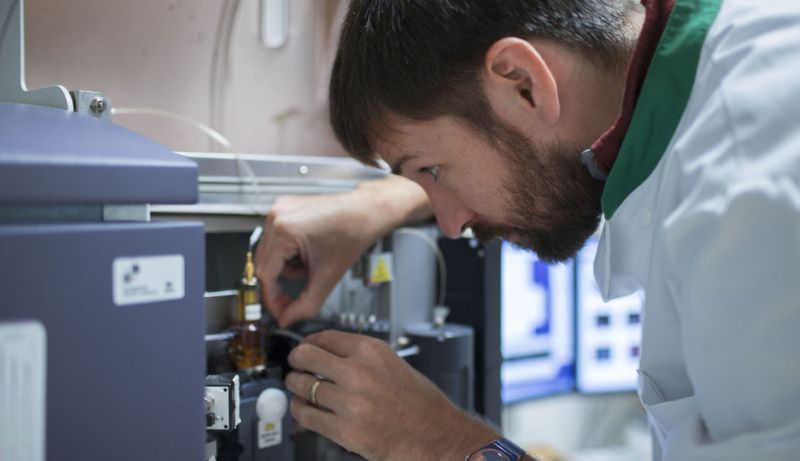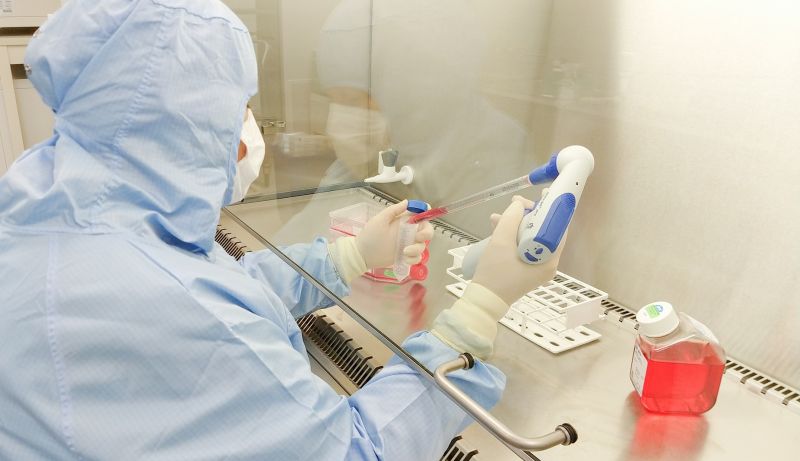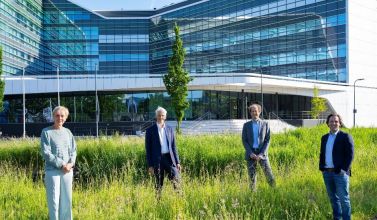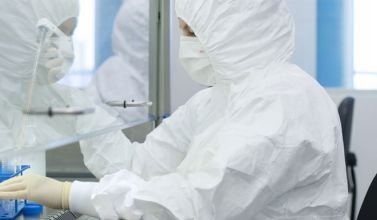What is infrastructure and why is it so important?
Infrastructure consists of many components, and many of these components are specific to regenerative medicine compared to other fields. For instance, specialized knowledge and equipment are required to make new discoveries related to (stem)cells and gene editing at the university and to develop and produce treatments that can be used in people. Adequate education is also necessary to train students in this new field. Moreover, doctors and hospitals are needed to test and use new treatments in patients. All these components are essential to bring new discoveries from the laboratory to patients. This process is called valorization.
Fortunately, we are part of the largest Life Science and Health cluster in the Netherlands: the Leiden Bio Science Park (LBSP). This area hosts various institutions for healthcare, research, and education, such as LUMC, the Leiden University of Applied Sciences, and Leiden University. Additionally, there are 150 companies. All these organizations, with their knowledge and equipment, together form the infrastructure for regenerative medicine in Leiden.

Facilities at LUMC
Many of the specialized knowledge and equipment needed for research are brought together in the research facilities at LUMC. These facilities specialize in areas such as identifying and specifying cells, creating stem cell lines, or studying proteins and metabolic products. Ultimately, the goal is to develop treatments for patients. Therefore, LUMC also has a facility where cell and gene therapies can be produced, meeting strict quality standards for use in humans. This is known as good manufacturing practice (GMP). Subsequently, collaboration occurs with the clinical research center and departments for patient care, such as the Transplantation Center.

Facilities at Leiden University
Leiden University has several facilities that are important for research in regenerative medicine. For example, there is a center that performs analyses that can help in developing personalized care tailored to each patient. They also have powerful electron microscopes that for example can make abnormalities in cells visible. In addition to these physical facilities, knowledge is also shared. Since 2020, LUMC has been part of Leiden University’s regenerative medicine interdisciplinary program. In this program, experts from healthcare, cell biology, technology, ethics, law, history, and more work together. This network allows us to work jointly on research and create educational activities for students with various backgrounds.
Facilities at Leiden Bio Science Park
There are several facilities at LBSP involved in valorization. A significant example is NecstGen. This company, opened in 2022, can be used for the production of cell and gene therapies for use in humans. Not only by LUMC employees but also by other organizations in Leiden and beyond. Additionally, many companies have been founded by LUMC researchers, known as spin-offs. Examples include Ncardia and Ntrans. These companies often continue to collaborate with LUMC researchers but can also find clients outside of LUMC. This enables them to grow as businesses and increasingly contribute to the infrastructure for regenerative medicine.
Another unique facility in the park is the Center for Human Drug Research (CHDR), where new medications can be tested for safety in healthy people, with LUMC literally around the corner.
In addition to their knowledge and equipment, companies such as NecstGen also offer internships for student training. The Biotech Training Facility (BTF) is also crucial for this training, where students and new company employees can learn about the high-quality standards required in the production of cell and gene therapies, including by practicing in replica laboratories.


